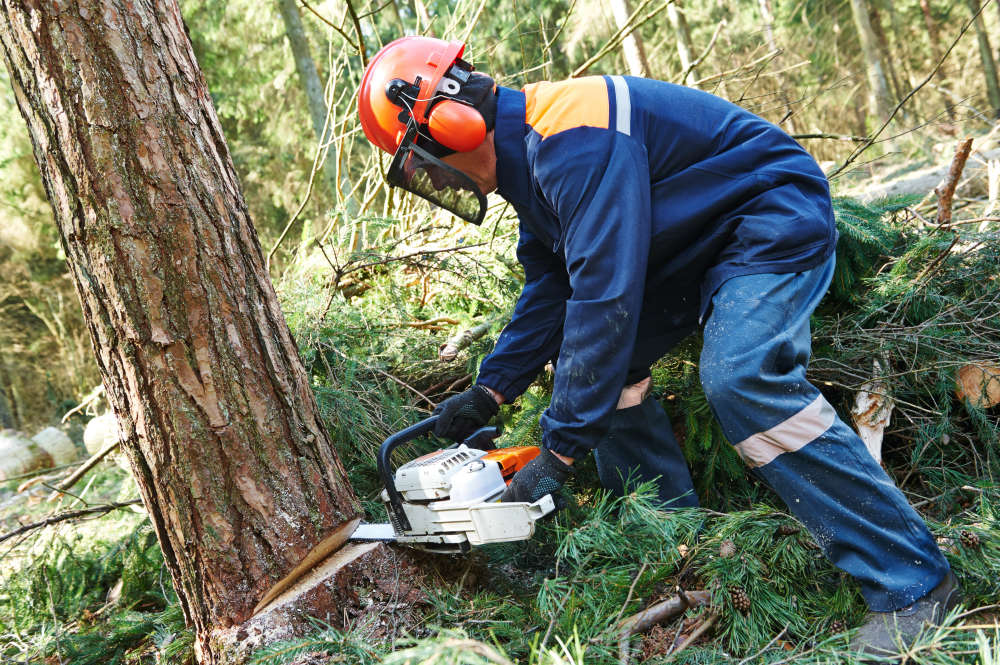
A 'large' number trees on the Isle of Wight will be cut down due to fungal disease, the National Trust has said.
The tree felling will only take place in "high-risk zones" where infected trees pose a risk to public safety, according to the charity.
It will mean temporary closures of some rights of way and a road diversion next month (February).
Ash dieback, caused by a fungus called Hymenoscyphus fraxineus, disease causes ash trees to slowly die, drop limbs or branches, collapse or fall.
Robin Lang, National Trust Isle of Wight Countryside Manager, said:
"On the Isle of Wight we care for hundreds of hectares of woodland. Ash trees are a common feature in these woods as well as in the wider landscape. Sadly, ash dieback is now present in all the woodlands we manage on the Island. Over the spring and summer, our ranger team assessed and monitored the health of the ash trees on land that we manage.
"As a result of these surveys, we have identified a large number of trees across the portfolio that pose a risk to public safety and unfortunately are now in urgent need of felling."
Not all affected ash trees will be felled.
Wherever it's safe to do so, The National Trust will be leaving both standing and fallen deadwood so that wildlife can benefit.
Robin Lang said:
“The felling will only take place in high-risk zones where infected trees pose a risk to public safety. This includes those that are along public highways, rights of way, well used paths, permissive routes and near residential areas and car parks. In some cases, it may appear that we are removing what look like healthy trees, but ash trees have to felled before they have suffered 50% die back in the canopy otherwise the whole tree can suddenly fail and become too dangerous to fell.
“Despite the tragic loss of trees, we'll be seizing the opportunity to increase the biodiversity in areas hardest hit. Where we've removed dying ash trees, we'll leave most areas to naturally regenerate as woodland or in the case at Tennyson Down using the clearance as an opportunity to restore rare chalk grassland where the soil type is suitable.”
The work will be done this winter by specialist contractors with equipment that will get the job done as efficiently as possible to cause minimum disruption.
The plan is to start in February 2022.
There will be signage at our affected countryside places, and updates on National Trust Isle of Wight Twitter and Facebook pages, and on The National Trust Isle of Wight website: www.nationaltrust.org.uk/
Restricted access and diversions
There may be temporary road closures and restricted access along some routes and pathways during the works. Where this is the case, the National Trust will ensure that temporary diversions are in place to keep residents, contractors, and visitors safe. Where the felling is next to public footpaths and bridleways (the north side of Tennyson Down and the bridleway from Cowleaze to Luccombe Down) public rights of way will be closed for the duration of the work for safety reasons and where possible a path diversion will be arranged. These closures are likely to last just over a week each.
The works in detail
- At the Tennyson Down site trees will be felled in a strip up to 35 metres wide to ensure the public right of way, footpath T24 from High Down pit car park to Moons Hill quarry, is safe to use afterwards. The footpath will be closed for up to 7 days from the 21 February. Large machinery will be used to enable efficient processing of timber in just a few days. In places a level track will be excavated for safe passage of machinery. Some sycamore will be felled as well and after felling the National Trust will be reverting the area to open chalk grassland habitats by scraping off some areas to bring the chalk nearer the surface and give rare chalk grassland plants a better chance of becoming established. This is one way of turning round the loss of ash trees to become a nature conservation opportunity, albeit a different habitat, however it is one for which the Site of Special Scientific Interest (SSSI) can be designated. Wood will be stacked near to the path and extracted at a later date when ground conditions allow.
- Bridleway SS9a from Cowleaze to Luccombe Down will be closed for 5 days from the 7 February while felling is taking place. The tree felling will be done by a tracked machine positioned in the field to the south of the Bridleway. The machine will have sufficient reach to fell and process the timber without having to drive on to 8the bridleway itself.
- Where the felling is adjacent to a public highway (Luccombe Copse and Walters Copse Newtown), our contractor is applying for official traffic management measures. The A3055 between Ventnor and Shanklin at Luccombe Copse will be closed for about a week from the 14 February with diversions in place. The contractor’s method statements mean that they need the whole width of the highway to safely and efficiently position machinery and process the timber. Access for residents affected by the closures will be via the diversions.
- The road at Newtown will have traffic management (traffic lights or stop / go boards) in place while felling is taking place.
- In Luccombe Copse a temporary track way will be excavated on the steeper slopes to allow safe passage of machinery. After the felling the ground will be reinstated, and the natural regeneration of woodland will be encouraged.
- Other smaller areas of felling in Ventnor and at St Helens will just have traffic management in place for the time when felling is taking place.

 Investigation Underway After Sandown Pharmacy Break-In
Investigation Underway After Sandown Pharmacy Break-In
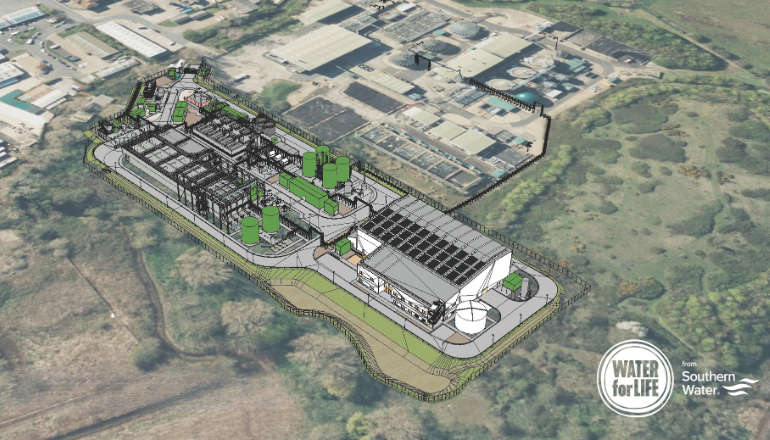 Island Views Sought On New Water Recycling Project
Island Views Sought On New Water Recycling Project
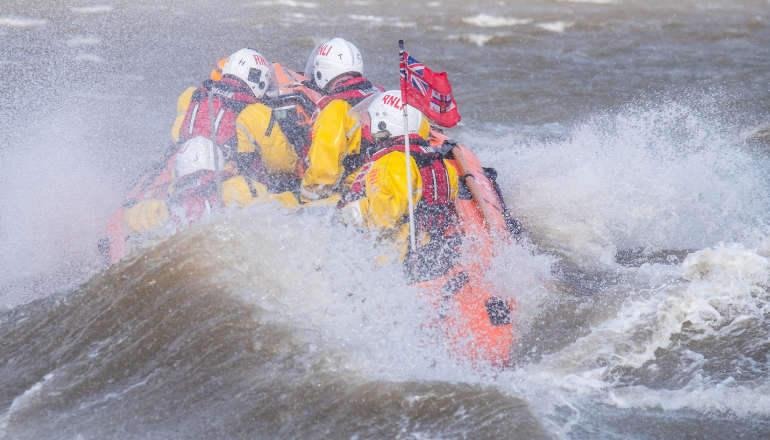 RNLI Urges Public To Stay Safe As Storm Éowyn Hits UK
RNLI Urges Public To Stay Safe As Storm Éowyn Hits UK
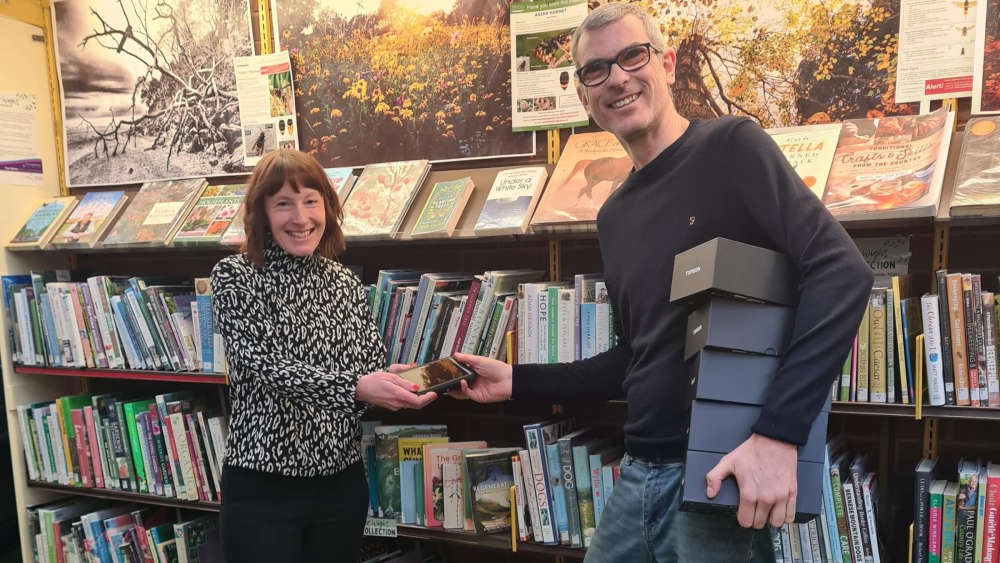 Borrow A Thermal Camera To Find Cold Spots In Your Home
Borrow A Thermal Camera To Find Cold Spots In Your Home
 Newport Sainsbury's Café Set To Close As Part Of Supermarket Cuts
Newport Sainsbury's Café Set To Close As Part Of Supermarket Cuts
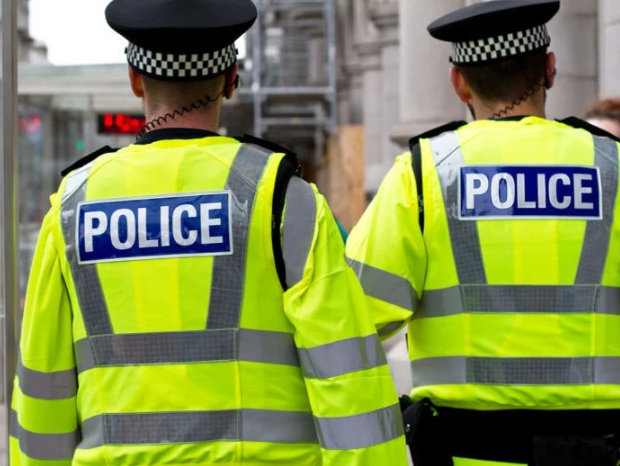 Three Men Charged In Connection With Sandown Hotel Burglary
Three Men Charged In Connection With Sandown Hotel Burglary
 Four Arrested And Two In Hospital Following Newport Burglary
Four Arrested And Two In Hospital Following Newport Burglary
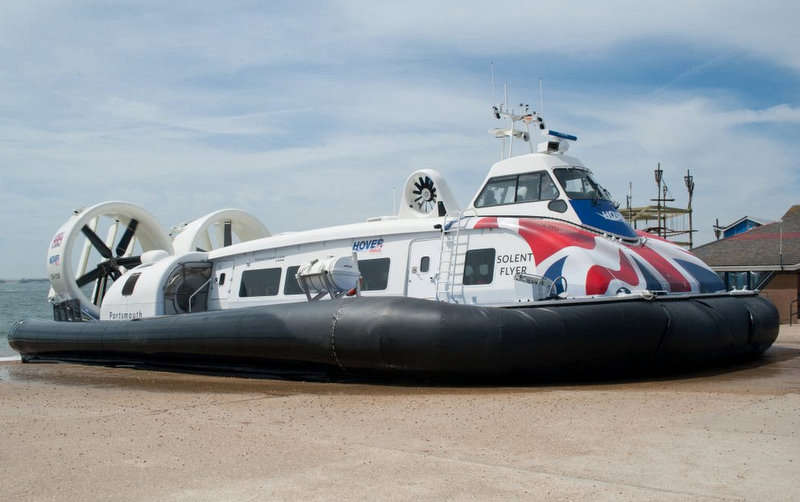 Hovertravel Set To Reduce Services Due To Financial Pressures
Hovertravel Set To Reduce Services Due To Financial Pressures
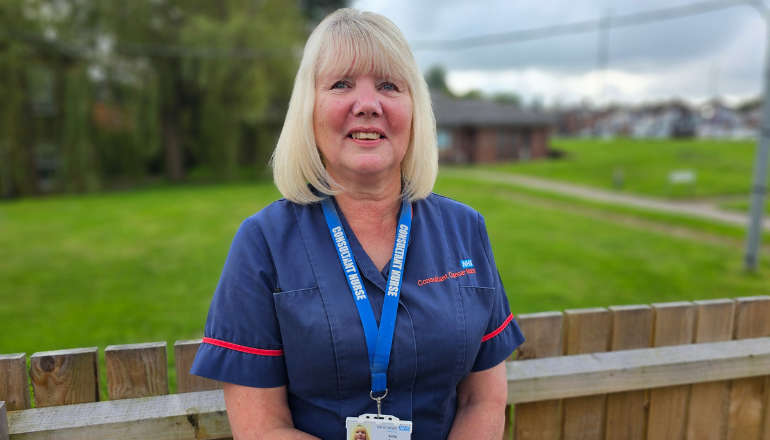 Islanders Invited To Share Experience Of Cancer Treatment
Islanders Invited To Share Experience Of Cancer Treatment
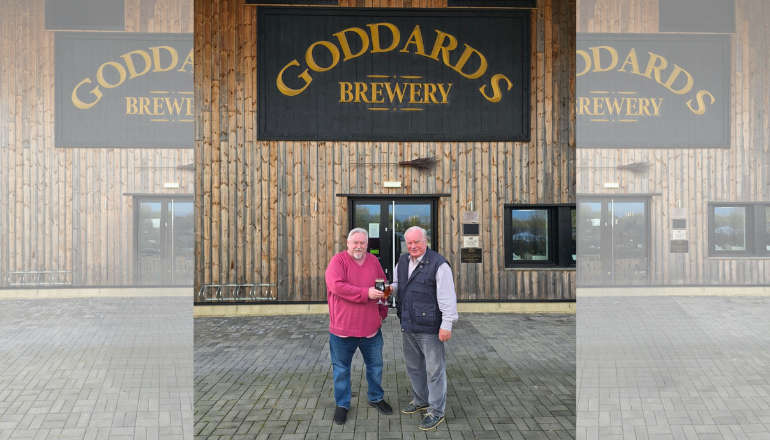 Powder Monkey Group Acquires Goddards Brewery
Powder Monkey Group Acquires Goddards Brewery
 Primary School Locked Down After Man Enters In Need Of Medical Assistance
Primary School Locked Down After Man Enters In Need Of Medical Assistance
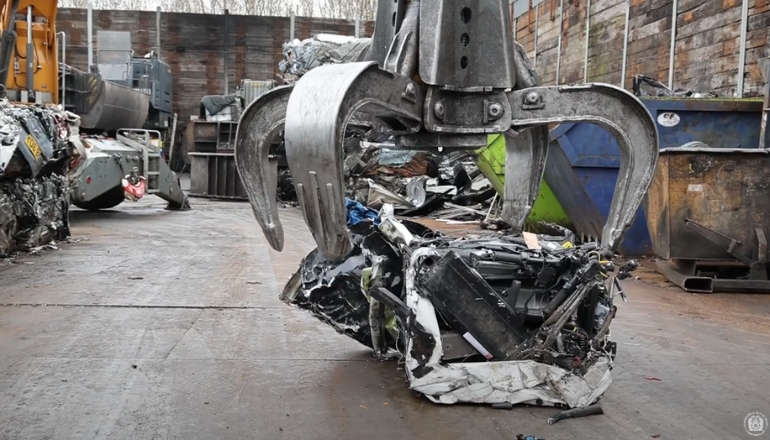 Criminals Dealt Crushing Blow As Seized E-Scooters And Electric Motorcycles Destroyed
Criminals Dealt Crushing Blow As Seized E-Scooters And Electric Motorcycles Destroyed
 Isle Of Wight Weather Warnings Issued With Storm Éowyn Forecast To Bring 80mph Winds
Isle Of Wight Weather Warnings Issued With Storm Éowyn Forecast To Bring 80mph Winds
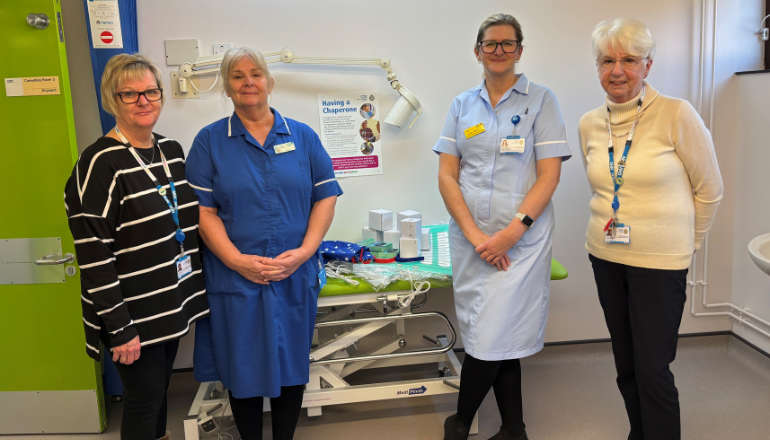 Friends Of St Mary’s Hospital Donate £27,000 To Support Patients And Staff
Friends Of St Mary’s Hospital Donate £27,000 To Support Patients And Staff
 Wightlink Invests In Its Portsmouth Car Ferry Port
Wightlink Invests In Its Portsmouth Car Ferry Port
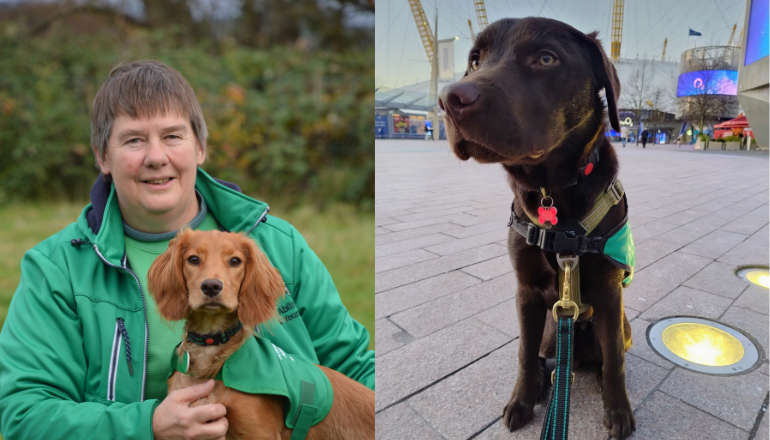 Isle Of Wight Charity Leader Honoured With BBC One Show Recognition
Isle Of Wight Charity Leader Honoured With BBC One Show Recognition
 Harbour Dredging To Continue In Bembridge
Harbour Dredging To Continue In Bembridge
 Farmers Invited To Strike The 'Right Balance' At Isle Of Wight Farming Conference 2025
Farmers Invited To Strike The 'Right Balance' At Isle Of Wight Farming Conference 2025
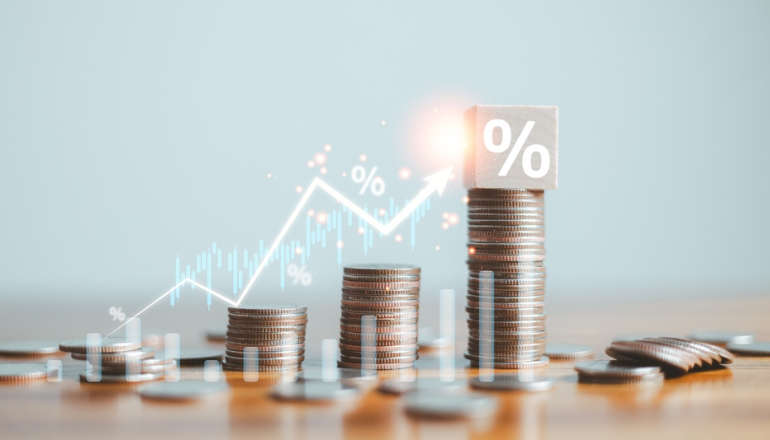 Time Running Out To Take Part In This Year's Budget Consultation
Time Running Out To Take Part In This Year's Budget Consultation


